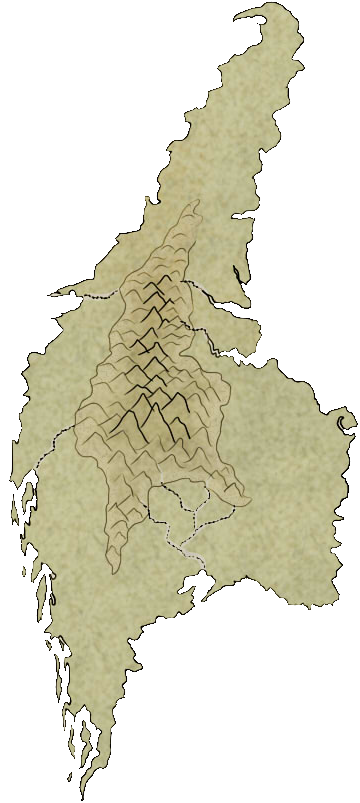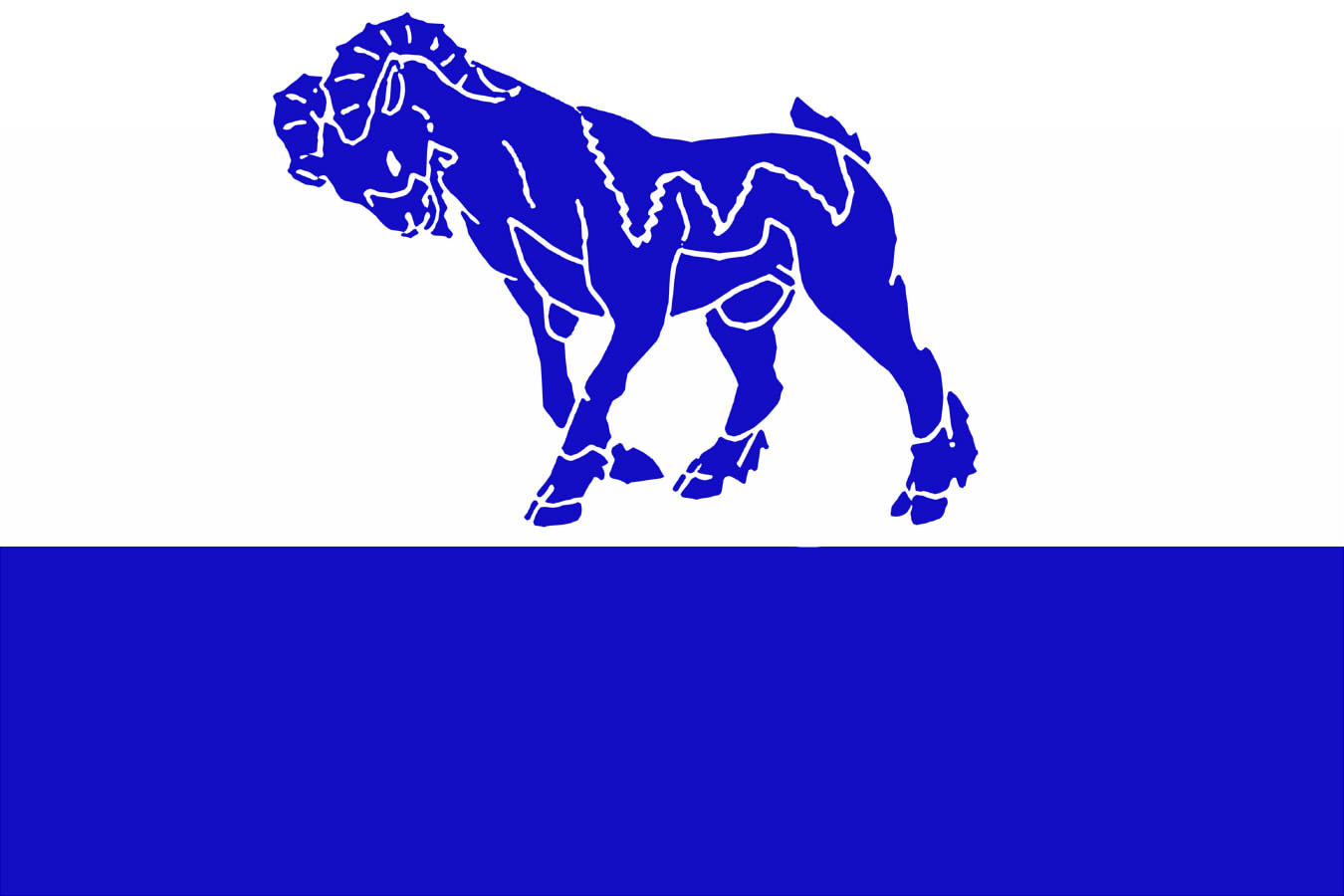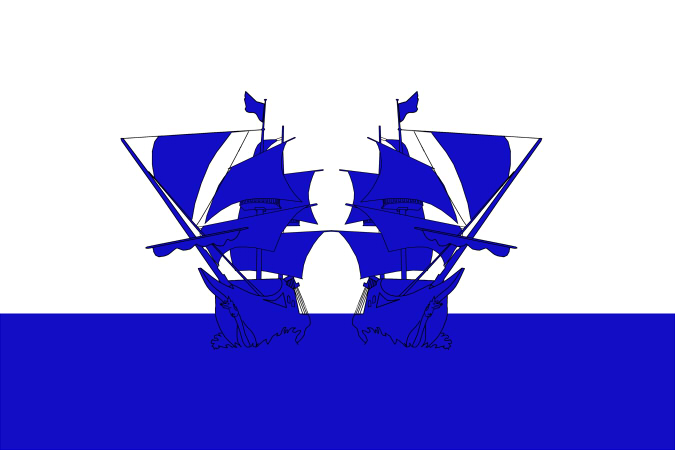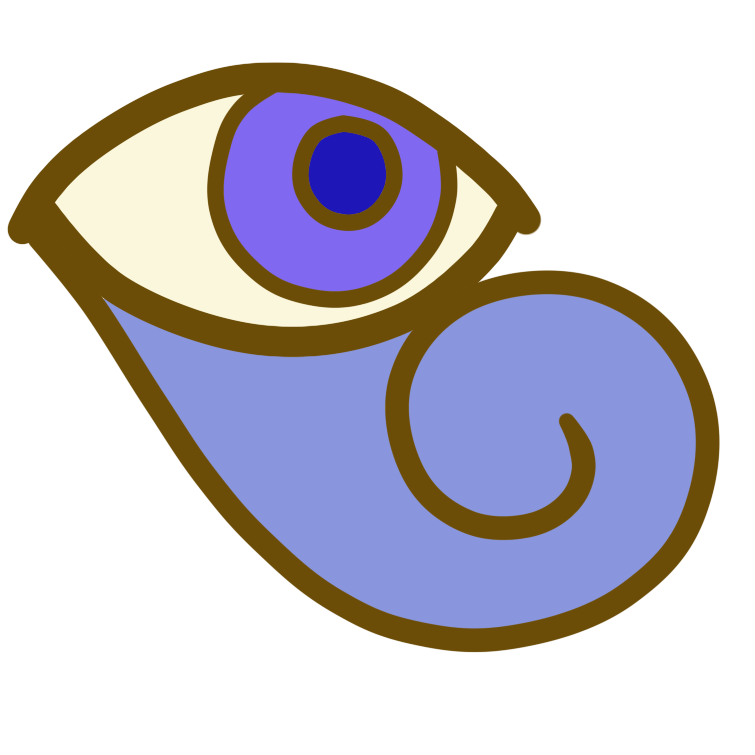Dhalmanite
The country of Dhalmain is usually regarded as the most technologically advanced nation in the Haan Archipelago. However, there is also a lot to say about the rich and distinctive culture that permeates everything that the inhabitants of the island of Dhalmain create around them.
As adoption is extremely widespread in Dhalmain, gender is tied mostly to one's actual interests than to the ability to conceive children. Children are called based on their birth sex and personality, but it is not unusual for them to change to a different set of pronouns and gender identity at some point in their lives.
Creatures and objects are divided by wavy curves and straight lines that follow their natural shapes, forming patterns inside their bodies. Paintings use colours that are either very bright primary colours or strong pastel tones without shading and are usually textured with small dots or lines.
Some places make use of groups of pastel blues and pinks contrasted with pastel oranges and yellows to represent the two major gods of autonomism, Rheshnaghty and Alocardenas.
Besides autonomist representations, though, most dhalmanite art and crafts make use of bright primary colours without gradients.
The People
The Dhalmanites are compromised of a slight majority of societarians of the feathery type, with the rest of them being waterland silkies. While having a lot of differences in clothing and customs between races, they still maintain a mostly cohesive shared identity. Dhalmanites of both subspecies see each other as equals and working towards goals and technologies that benefit one of the two has not been a reason for division so far.Gender
Dhalmanites have a simpler gender structure than most of the archipelago, based around reproduction and body structure. People are divided between Women, Men and Neutrals (Minors being called respectively girls, boys and children).As adoption is extremely widespread in Dhalmain, gender is tied mostly to one's actual interests than to the ability to conceive children. Children are called based on their birth sex and personality, but it is not unusual for them to change to a different set of pronouns and gender identity at some point in their lives.
Women are usually people born female and intending on reproduction.
Dhalmanite women are expected to dress in more opaque colours and simpler clothes than others, perform better on jobs requiring strength and as teachers and be adaptable.
Dhalmanite women are expected to dress in more opaque colours and simpler clothes than others, perform better on jobs requiring strength and as teachers and be adaptable.
Men are usually people born male and intending on reproduction.
Dhalmanite men are expected to take great care of their appearance, dressing in flashy colours and accessories, perform better on artistic jobs and highly specialized professions, and be more emotional and aggressive than others.
Dhalmanite men are expected to take great care of their appearance, dressing in flashy colours and accessories, perform better on artistic jobs and highly specialized professions, and be more emotional and aggressive than others.
Neutrals are any people actively intending on having a childless life.
Dhalmanite neutrals are expected to dress in a more formal way than others, and perform better at jobs based on social interaction and sciences and be diplomatic and good with finances.
Dhalmanite neutrals are expected to dress in a more formal way than others, and perform better at jobs based on social interaction and sciences and be diplomatic and good with finances.
Arts
Popular visual Motifs
One of the most characteristic features of the dhalmanite culture is the heavily stylized visual style that they use in drawings, paintings and reliefs:Creatures and objects are divided by wavy curves and straight lines that follow their natural shapes, forming patterns inside their bodies. Paintings use colours that are either very bright primary colours or strong pastel tones without shading and are usually textured with small dots or lines.
Architecture
Dhalmanite houses and structures tend to be circular, with domed roofs. They are traditionally painted white with bright blue accents. Large cities, like Endure, usually end up abandoning the circular structures in favour of blocks of buildings, but they still preserve round shapes on the corners, roofs and any part of the buildings that can stand alone. The buildings are usually made of stone or wood in the interiors, and covered with a thick layer of clay or hardened mud on the exterior, to keep them cool on the inside.Common Symbols
The whole culture of Dhalmain is heavily centered around alzufhars. They are depicted in clothing, adornments, drawings, buildings and were depicted in the country's flag before the the High Rust. Dhalmanite iconography also includes the Eye And Trail, a symbol of the Autonomism, that can be found in many amulets and as decoration in lots of places.Popular colour schemes
Dhalmanite art and visual style is filled with vibrant colours. Blue and White are the most popular and representative of the nation as a whole.Some places make use of groups of pastel blues and pinks contrasted with pastel oranges and yellows to represent the two major gods of autonomism, Rheshnaghty and Alocardenas.
Besides autonomist representations, though, most dhalmanite art and crafts make use of bright primary colours without gradients.
Recognised Genders
Woman
Man
Neutral
Woman
Man
Neutral
Encompassed species
Related Organizations
Related Myths
Related Locations











Really nice article - I love the part about the differences between genders, and also the bit about husbandry! :D
Explore Etrea
Thank you Emy! The gender section was supposed to be like a sentence long and ended up being that hahahaha